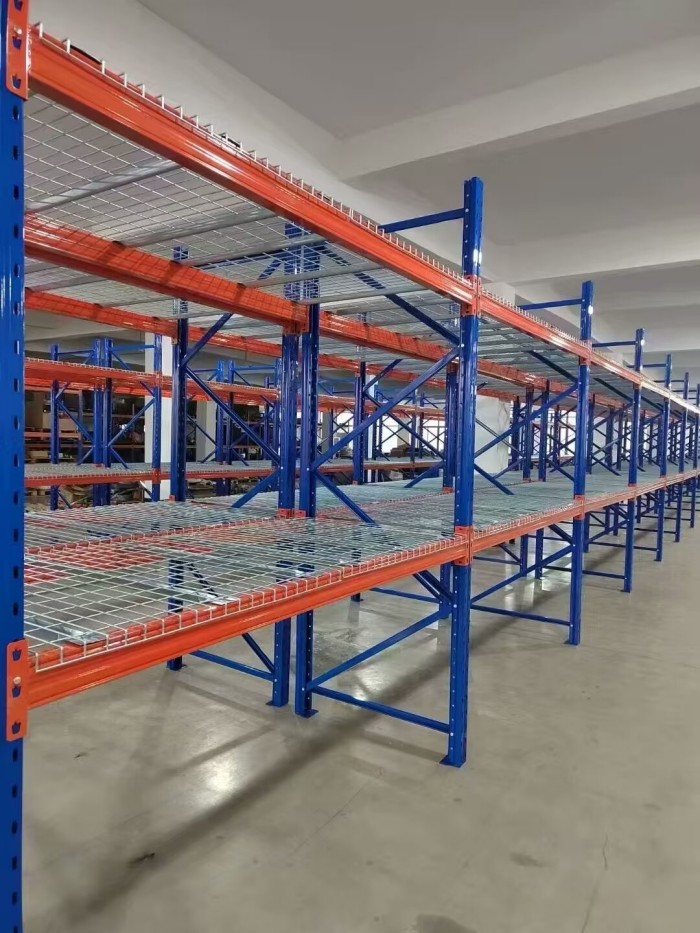Unveiling the Ultimate Insulation Solution for Attic Roofs

When it comes to optimizing energy efficiency and maintaining a comfortable living environment, choosing the right insulation for your attic roof is crucial. With a plethora of options available in the market, it can be overwhelming to determine the best insulation material. In this comprehensive guide, we will explore the various factors to consider and unveil the ultimate insulation solution for your attic roof.
- Understanding the Importance of Attic Roof Insulation:
Proper attic roof insulation plays a pivotal role in preventing heat loss during winters and heat gain during summers. It acts as a barrier, reducing the transfer of heat between your living space and the outside environment. This not only enhances energy efficiency but also helps in reducing utility bills. - Key Considerations for Selecting the Best Insulation:
a. R-Value: The R-value measures the insulation material's ability to resist heat flow. The higher the R-value, the better the insulation performance. Consider the climate zone you reside in and the recommended R-value for your attic roof.
b. Material Durability: Choose an insulation material that can withstand the test of time, ensuring long-term effectiveness.
c. Moisture Resistance: Attics are prone to moisture buildup. Opt for insulation that has excellent moisture resistance properties to prevent mold and mildew growth.
d. Fire Safety: Prioritize insulation materials with fire-resistant properties to enhance the safety of your home. - The Best Insulation Materials for Attic Roofs:
a. Fiberglass Insulation: This widely-used insulation material offers excellent thermal performance and is available in both batt and blown-in forms. It is cost-effective, non-combustible, and easy to install.
b. Cellulose Insulation: Made from recycled paper, cellulose insulation is an eco-friendly option. It provides effective thermal insulation, soundproofing, and is resistant to pests.
c. Spray Foam Insulation: This expanding foam insulation creates an airtight seal, minimizing air leakage and maximizing energy efficiency. It offers superior insulation performance but requires professional installation. - Combining Insulation Materials for Optimal Results:
To achieve the best insulation for your attic roof, consider combining different materials. For instance, using fiberglass batts or blown-in insulation in conjunction with spray foam insulation can provide a comprehensive solution, addressing both thermal and air leakage concerns. - Professional Installation and Maintenance:
While some insulation materials can be installed as a DIY project, it is recommended to seek professional assistance for optimal results. Professional installers have the expertise to ensure proper installation, minimizing gaps and ensuring maximum insulation efficiency. Additionally, regular maintenance and inspections are essential to identify any insulation degradation or damage.
Conclusion:
Selecting the best insulation for your attic roof is a crucial decision that can significantly impact your home's energy efficiency and comfort. By considering factors such as R-value, material durability, moisture resistance, and fire safety, you can make an informed choice. Whether it's fiberglass, cellulose, or spray foam insulation, combining different materials can provide an optimal solution. Remember to seek professional installation and conduct regular maintenance to ensure long-lasting insulation performance. With the right insulation, you can create a well-insulated attic that contributes to a more sustainable and comfortable home environment.





